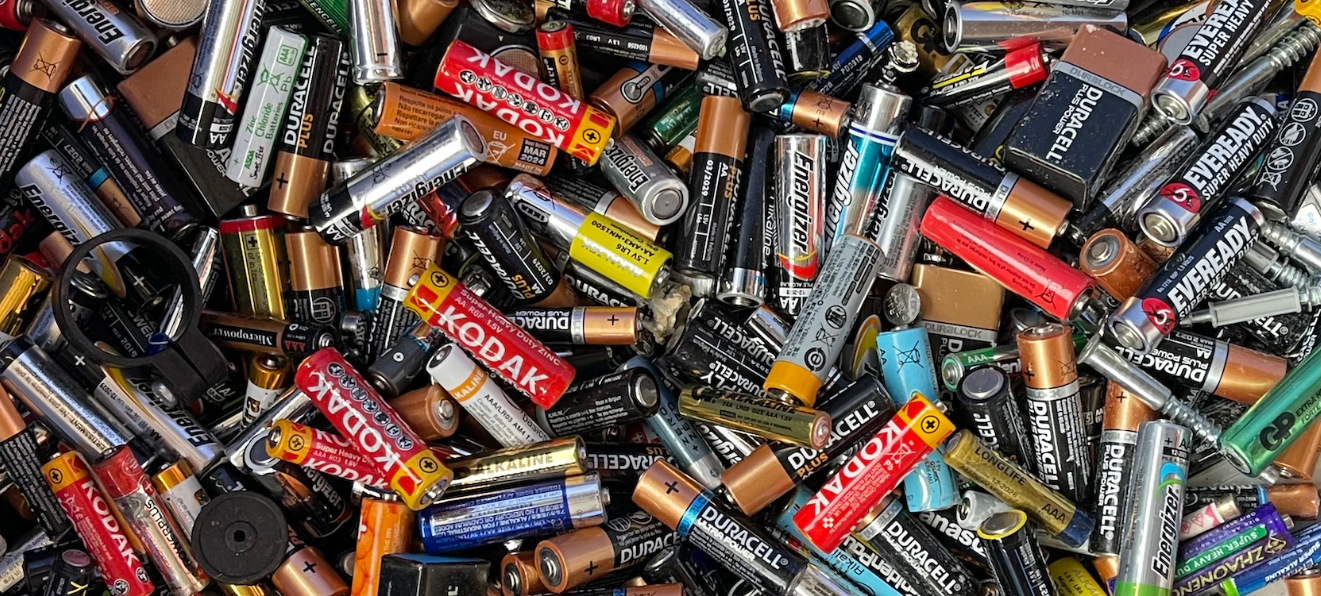The main materials of lithium ion battery include cathode material, cathode material, electrolyte material and diaphragm material.
The main body of lithium ion battery to store lithium is the cathode material, which plays a decisive role in the charge and discharge efficiency, cycle life and specific energy of lithium ion battery. The reason why graphite is used as the anode material of lithium ion battery is because it has both good electrical conductivity and laminar structure and high crystallinity, which is very suitable for the embedding and disembedding of lithium-ion battery in the charging and discharging process.

1. Cathode materials
The most commonly used materials are lithium cobaltate, lithium manganate, lithium iron phosphate and ternary materials (nickel cobalt manganese polymer). The cathode material occupies a large proportion, because the performance of the cathode material directly affects the performance of lithium ion battery, and its cost also directly determines the cost of the battery.
2. Negative electrode materials
The negative electrode material is mainly natural graphite and artificial graphite. The anode materials being explored are nitride, PAS, tin oxide, tin alloy, nanoanode materials, and some other intermetallic compounds. As one of the four components of lithium ion batteries, anode materials play an important role in improving the capacity and cycling performance of batteries, and are at the core of the midstream of the lithium ion battery industry.
3. Diaphragm materials
Diaphragm materials are polyethylene and polypropylene based polyolefin diaphragms. In the structure of lithium ion battery, the diaphragm is one of the key inner components. The performance of the diaphragm determines the interface structure and internal resistance of the battery, which directly affects the capacity, cycling and safety performance of the battery, etc. A diaphragm with excellent performance has an important use in improving the overall performance of the battery.
4. Electrolyte materials
The main components of electrolyte are vinyl carbonate, propylene carbonate, diethyl carbonate, dimethyl carbonate, methyl carbonate, lithium hexafluorophosphate, phosphorus pentafluoride and hydrofluoric acid. The electrolyte is the medium used in chemical cells, electrolytic capacitors, etc. (with a certain degree of corrosiveness) to provide ions for their normal work and to ensure that the chemical reactions occurring in the work are reversible.
In addition, the production process of lithium batteries also need to use more auxiliary materials, such as copper foil, aluminum foil, shell (aluminum case, steel case, etc.), cover, protection plate, sticker packaging, etc.. And some batteries also need to use aluminum plastic film and so on.
Previous: what is lithium cobalt battery?
